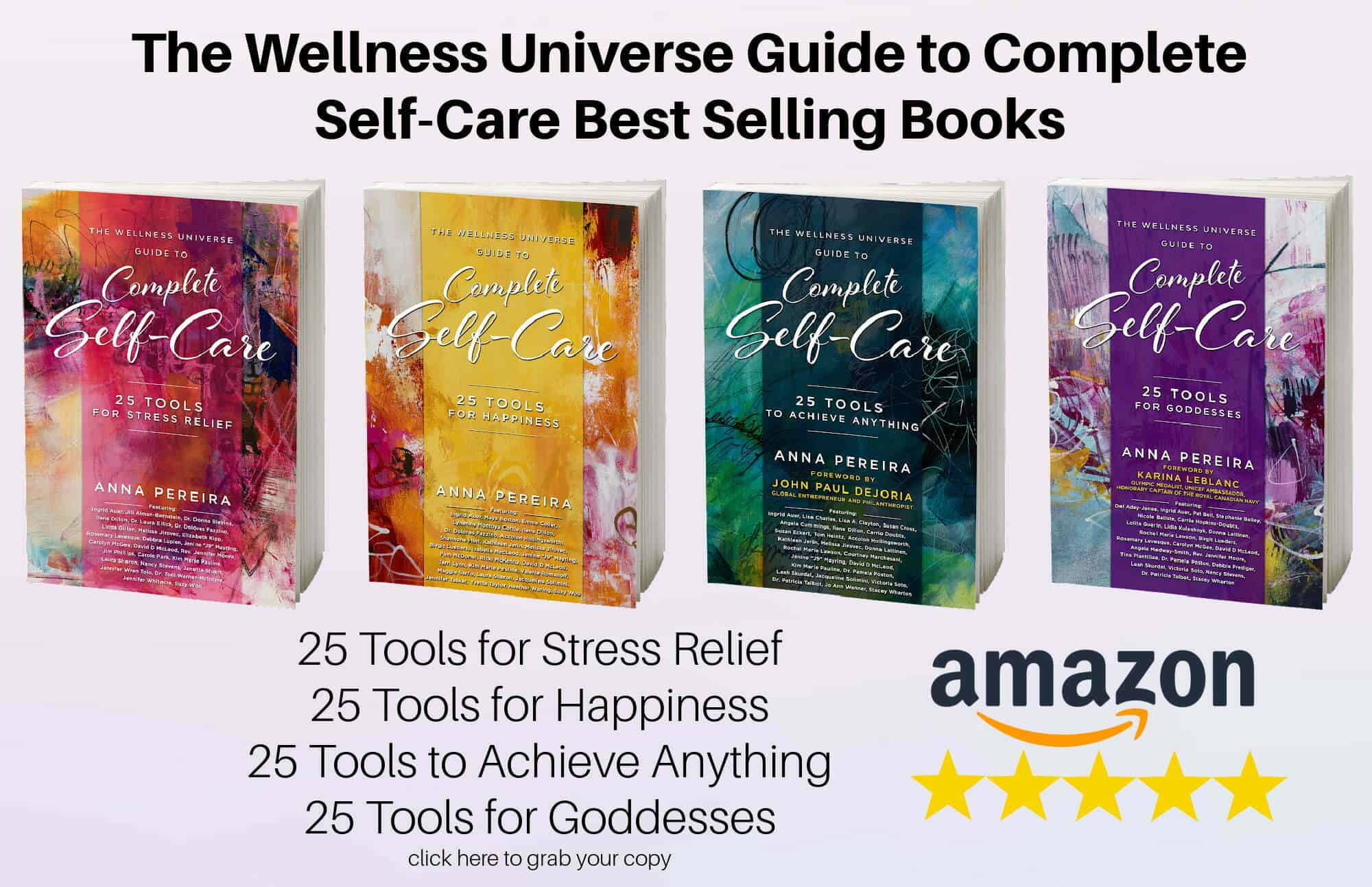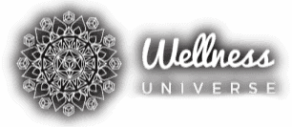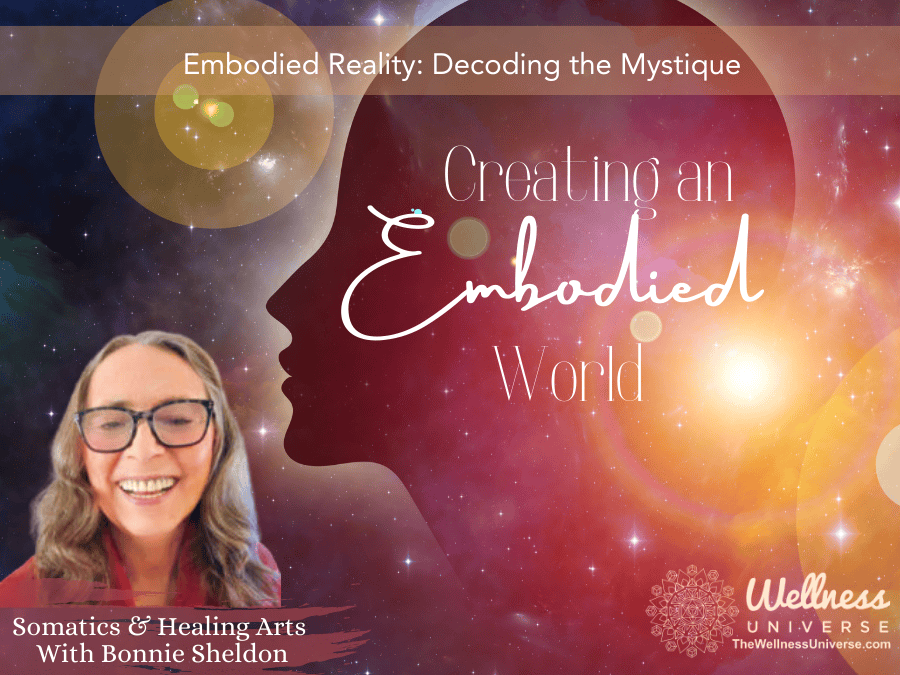Welcome to Episode 2 of the new blog, “Creating an Embodied World.” The initial Episode delved into the profound meanings of “Embodiment” and “Somatics.” These ancient concepts, steeped in wisdom, offer pathways to healing, well-being, personal transformation, and global harmony.
Now, in Part 2, we explore the need to cultivate “Conscious,” “Skillful,” or “Educated Embodiment.” These terms are synonymous, referring to a condition of “Embodiment” that reflects practiced and conscious bodily awareness. We will also journey through the historical roots of Somatics and Embodiment Practices which will lay the groundwork for Episode 3’s exploration of how to utilize these Practices to help you find the ease of mind and movement that you deserve.
Why Do We Need Skillful Embodiment – The Impact of Daily Neurological Stress
Our modern life is filled with immense stress, leaving us little opportunity to slow down. When we encounter these stressors, a host of biological reactions can beset us. Our breathing shifts, heartbeats increase, digestion slows, hormonal and endocrine systems shift, muscles tense, and we lose the ability to think well. Just texting alone is causing multiple hand problems for many people, with hand/eye coordination so central to thought and living.
Just How Stressed Are We?
To date, in 2024, 75-90% of all doctor’s visits have been for stress-related ailments and complaints, the data research resource Gitnux tells us. Stress can have a profound impact on various aspects of our lives, potentially affecting our physical health, emotional state, and behavior. If left unchecked, stress may contribute to a range of health complications, such as elevated blood pressure, cardiac conditions, cerebrovascular incidents, obesity, and diabetes.
We Feel the Stress and That Impacts Our Health.
A study conducted in 2022 by the American Institute of Stress revealed that 33% of participants reported experiencing high levels of stress. It’s also been found that 77% of individuals acknowledged that their physical health is influenced by stress, while 73% felt an impact on their mental health. The data further indicated that 57% of respondents in the United States experienced feelings of being overwhelmed by stress. Additionally, 63% of American employees considered leaving their jobs to escape work-induced stress. The issue of chronic stress in the workplace is widespread, with 94% of employees reporting stress at their jobs. In Greece, the AIS reports that 59% of people reported feeling stressed on the previous day.
According to findings published in the Malaysian Journal of Medical Science, when you’re stressed out for a long time, your body’s ability to fight off sickness diminishes.
Your body makes more of a chemical called catecholamine and fewer cells that help your immune system work. This can make it easier for you to catch viruses.
Stress can also make your body release a chemical called histamine, which can affect breathing, particularly for people with asthma.
If you’re stressed and overweight, you have a higher chance of getting diabetes because stress can mess with how much insulin you need.
Stress can also increase the acid in your stomach, which might lead to stomach ulcers or other stomach problems.
Finally, if you don’t listen to your body’s signals, you’re always stressed, eat a lot of fatty foods, and don’t move around much, you are at risk for atherosclerosis, which is when your arteries get clogged up, and many other serious disease conditions, as well as your longevity being affected.
Your body’s defense system gets weaker because of stress, making it harder to protect you from health problems. The enumeration of health risks associated with stress is extensive. We are so accustomed to a constant state of stress that we fail to recognize the continuous impact it has on our bodies.
Unrecognized Stressors in Everyday Life
Often, we navigate through our daily routines unaware of the subtle stressors that impact our well-being.
Speed
Consider transportation: 150 years ago, the fastest mode was horseback, and most people walked. When we walk, our brains remain active, orienting, scanning the horizon, and ensuring our safety. As we move forward, we engage the contralateral pattern in our bodies, calming our nervous system. Living at a slower pace used to train our nervous systems for calmness—a process now known as ‘down regulation,’ affecting our autonomic responses to life. When we zoom through space while reading, we distance ourselves from our actual physical experience.
Constant Distraction
In modern culture, we’ve elevated distraction to virtue through the practice of multitasking. We juggle multiple tasks simultaneously, eating while scrolling through news updates, texting friends, and checking emails. Picture a table of young people, heads down, engrossed in screens, devoid of conversation. This lack of focused attention, coupled with the absence of genuine social interaction, drains us of the present moment. Our meals go unappreciated, digestion suffers, and our efforts fall short of their true potential.
Media, Entertainment, and Violence
In our modern world, visual violence pervades our screens. A close friend working in television news once confided that the unwritten motto is: “If it bleeds, it leads.” Wars and personal violence have long been part of human history, but even with the advent of photography, we were at one remove from these events. Now, we consume news from war zones while we eat, scanning our phones, and witnessing explosions, bombings, and killings as routine occurrences.
In the realm of virtual reality gaming, we inhabit those alternate worlds, blurring the line between game and actuality, and zapping our neurobalance.
Trauma
Stress can exacerbate trauma, leading to hyperarousal and heightened stress responses. This can manifest as increased anxiety, irritability, and concentration difficulties. Chronic stress following trauma may also disrupt the body’s stress regulation system, leading to a prolonged state of distress and making it harder for the individual to process and recover from the traumatic event.
Embodiment as a Solution and How Can It Help Me?
To survive in this fast-paced world we need to learn to calm our bodies. Our nervous systems are profoundly impacted, struggling to differentiate between virtual and real threats. Despite consciously recognizing safety, our reality feels unsafe, risking nervous system dysregulation without active lifestyle monitoring.
Embodiment practices encourage awareness, connecting us to our bodies. Sensation informs emotion and thought. Disconnection from sensation leads to stagnant thoughts and default emotional reactions, influenced more by history than present events.
Embodiment work renegotiates events bodily, fostering relief. It’s crucial to understand cultural cues’ impact on body image and self-love. As Somatics Specialist Laura V. Ward, C.M.A., put it in a recent interview for this Blog:
“In our pursuit of a healthy life, coherence between body and mind becomes paramount. and that means we’re working with ourselves. Too often our culture leads us astray and we fixate on perceived flaws. Too often we’re working against ourselves. It’s so often the case of, ‘Oh, there’s something wrong with my nose. Let me fix that, the nose, the shape—attempting to alter them externally. Even in yoga, rigid notions of correctness prevail: ‘Shift your leg back; this is the right position.’
Positive change entails working in harmony with ourselves. These impositions suggest we’re somehow inadequate as if there’s a rightness and a wrongness with our bodies. It’s a way of telling us we’re not okay when we can all be okay. And then, yes, work to be more in tune, more downregulated than manically upregulated.
We should have a constant flow of re-regulation as we go through the day. Based on our own physical needs and perceptions, and no one else’s ideas. This entails working in harmony with ourselves.
But here’s the truth: We can all be okay. Instead of manically pushing ourselves, let’s attune to our inner rhythms. A constant flow of re-regulation should guide us throughout the day—based on our unique physical needs and perceptions, not external ideals.
Remember, the cultural messages that bombard us—whether through media, advertising, or societal norms—often reinforce the idea that we’re perpetually flawed. These messages insidiously whisper, “You’re not enough.”
But we have the power to challenge them, to reclaim our innate okayness. Let’s rewrite the narrative, honoring our bodies and minds as they are—imperfect, yet beautifully resilient.”
From Cartesian Dualism to Holistic Somatics
One might wonder how we have come to think of the body and mind as separate when non-Western cultures have promoted somatic practices like yoga and Tai Chi for tens of thousands of years.
René Descartes, (1596 – 1650), a prominent figure in the history of philosophy and science, introduced the concept of mind-body dualism. Descartes argued that the mind (or soul) and the body are separate, with the mind being non-material and capable of thinking, while the body is material and cannot think.
Descartes made an agreement with the Vatican aimed to align his ideas with Church teachings, particularly on the soul’s existence. Over time, the discourse on mind and body has evolved.
Despite its historical significance, Cartesian dualism has been seriously challenged in modern discussions. Critics suggest that this separation fails to acknowledge the intricate relationship between our thoughts and bodily states, potentially narrowing our grasp of the human condition. This criticism has led to the adoption of a more holistic view, one that resonates with the time-honored bodily disciplines found in non-Western traditions, like yoga and Tai Chi.
In the West, the late 19th Century marked the emergence of somatic practices that sought to bridge the gap between the mind and body. Pioneers in this field developed techniques to enhance bodily awareness and movement, fostering a deeper connection with one’s physicality. These practices underscore the importance of embodiment and provide a means to navigate life’s challenges with greater resilience.
The Role of Somatics in Developing Embodiment and in Coping with Stress
In a world where we often seem to regard our bodies as secondary and seemingly almost indestructible, the Cartesian legacy has been tragic. In the relentless pace of modern life, stress has become a ubiquitous adversary. However, somatic practices offer a sanctuary for the mind and body, providing tools to navigate and mitigate the effects of stress.
These practices emphasize a holistic approach, where awareness and movement converge to foster a state of balance and tranquility. By tuning into our somatic experiences, we can identify and alleviate the tensions that often go unnoticed, yet significantly impact our well-being.
The Evolution of Western Somatics – A Short History
Western Somatics, a field that encompasses a variety of practices aimed at enhancing bodily awareness and movement, is rooted in the late 19th Century, based on the work, of several key figures who have shaped its development through their innovative approaches to understanding the body-mind connection.
These pioneers, among others, have laid the groundwork for a diverse field that continues to evolve, offering profound insights into the human condition and the potential for transformation through embodied practice.
F.M. Alexander (1869): Developed the Alexander Technique aimed at refining posture and movement to enable more fluid physical actions.
Rudolf Laban (1879): A pivotal figure in dance and movement theory, established Laban Movement Analysis and his work led to the development of central European modern dance.
Mabel Elsworth Todd (1880): Introduced “Ideokinesis,” a method that utilizes mental imagery to improve movement and muscle coordination, authoring “The Thinking Body.”
Ida Rolf (1896): Explored the impact of gravity on bodily structure with her method, Rolfing.
Irmgard Bartenieff (1900): Merged Laban’s concepts with her own, leading to an integrated movement theory, completed study of which confers “Certified Movement Analyst,” a title earned after completing a rigorous program of study.
Charlotte Selver (1901): Focused on Sensory Awareness, integrating it into modern physical therapy and psychotherapy.
Gerda Alexander (1908): Emphasized the connection between psychological processes and physical body awareness in Eutony.
Milton Trager (1908): Developed the Trager Technique, using soft, rhythmic motions to ease muscle tension.
Moshe Feldenkrais (1904): Created the Feldenkrais Method to enhance functional abilities through self-awareness in movement.
Anna Halprin (1920): Utilized dance therapy to express human emotions and physical potential.
Thomas Hanna (1928): Focused on sensory-motor awareness and introduced the term “somatics.”
Bonnie Bainbridge Cohen (1941): Known for the Body-Mind Centering® approach, exploring the link between movement and consciousness.
Each of these pioneers has made significant contributions to the understanding and enhancement of human movement and therapy.
Other Cultural Contributions to Today’s Somatics
The evolution of Somatic thought today is deeply enriched by a tapestry of cultural traditions.
Tai Chi and Qigong, with their ancient Chinese origins, emphasize the harmonious flow of Qi, or vital energy, through deliberate movements and breath control, fostering a holistic integration of mind, body, and spirit.
These practices, alongside the dynamic forms of martial arts, have contributed to the understanding of the capacity for self-healing.
Yoga, with its Indian roots, brings forth the principles of mindfulness and the interconnectedness of physical and mental disciplines, enhancing body awareness and control.
African martial arts, though diverse, share a common thread in their use of rhythmic movement and physical engagement to maintain cultural traditions and fortify the community’s spirit.
Together, these diverse practices have woven a rich fabric that informs and shapes the contemporary field of Somatics, highlighting the universal quest for balance, health, and inner harmony.
Next Steps for Your Own Embodied Journey
As we continue to explore the relationship between our psychological and physiological selves, it becomes increasingly clear that the mind and body are inextricably linked. The legacy of Cartesian dualism, while still influential, is being reexamined in light of these holistic approaches. By embracing the wisdom of both ancient traditions and modern innovations, we can cultivate a more profound sense of well-being that encompasses both the mind and body.
As we conclude this episode, we reflect on the rich tapestry of insights we’ve woven together. Through our exploration of skillful embodiment and somatic practices, we’ve unearthed ancient wisdom that offers not just pathways to personal healing and transformation, but also to global harmony. We’ve journeyed through history, understanding the roots of these practices, and laid a foundation for their application in our lives.
As we look forward to the next episode, we carry with us the promise of ease of mind and movement, a testament to the profound impact of educated embodiment on our well-being. Stay tuned for Episode 3, where we will navigate the practical application of these practices to enrich our daily lives.
Connect with Bonnie to discuss the topics explored in this three-part Series by joining her in a Wellness Universe class that includes open conversation and a Q&A period on May 12th at:
Resource
The data research resource Gitnux
All information, content, and material are for informational purposes only and are not intended to serve as a substitute for the consultation, diagnosis, and/or medical treatment of a qualified physician or healthcare provider. The information supplied through or on this page, or by any representative or agent of The Wellness Universe, is for informational purposes only and does not constitute medical, legal, or other professional advice. Health-related information provided through this website is not a substitute for medical advice and should not be used to diagnose or treat health problems or to prescribe any medical devices or other remedies. The Wellness Universe reserves the right to remove, edit, move, or close any content item for any reason, including, but not limited to, comments that are in violation of the laws and regulations formed pursuant to the Federal Food, Drug, and Cosmetic Act. None of the posts and articles on The Wellness Universe page may be reprinted without express written permission.
Heal Your Chakras. Heal Your Life
Learn how the health of your chakras impacts your life and discover the powerful healing available to you as you heal the underlying causes.
Learn more here –

see how our self-care books are helping thousands of people around the world. Digital and paperback books are available now.
Connect to the people that help you live your best life: The Wellness Universe

Bonnie Sheldon, an EFT Master Trainer and Somatics expert and guides professionals in achieving stress relief and mindfulness through body-mind integration. Her programs promote self-care, ensuring workplace wellness and success without sacrificing personal well-being or relationships.




